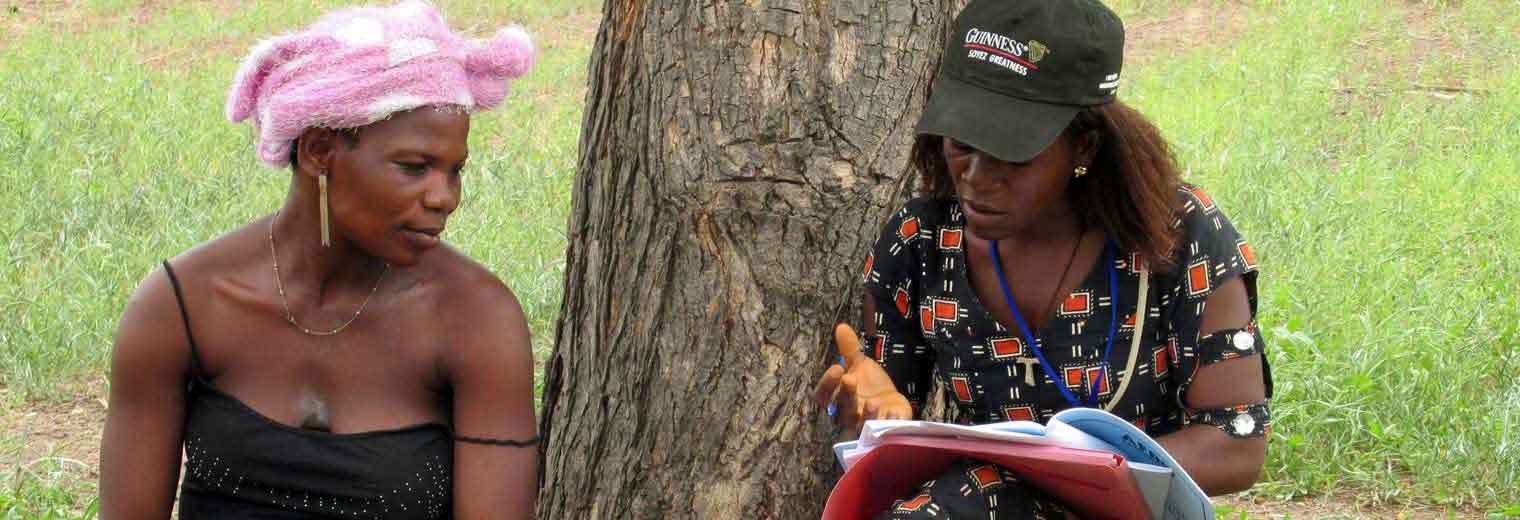
Carmen Alpin Lardies (@carmen_alpin) is the former Afrobarometer data manager.
Dominique Dryding is the Afrobarometer assistant project manager for Southern Africa, based at the Institute for Justice and Reconciliation in Cape Town.
Carolyn Logan (@carolynjlogan) is director of analysis for Afrobarometer and associate professor in the department of political science at Michigan State University.
Today is International Women’s Day, an occasion to celebrate progress toward gender equity and assess the road still ahead. According to the United Nations, equal access to the Internet and other information and communications technologies is a key gender equality goal. That’s because it offers women an avenue through which they can claim rights and act on social, economic and political opportunities — whether starting businesses, getting education, finding jobs, obtaining health care, finding banking and other financial services, or joining in a wide variety of activities.
Digital gender divide
But in Africa, there’s an online gender gap — and it may actually be widening. On the basis of more than 45,800 face-to-face interviews in 34 African countries between late 2016 and late 2018, Afrobarometer reports that women are less likely than men to own mobile phones, to use them every day, to have phones with access to the Internet, to own computers, to access the Internet regularly, or to get news from the Internet or by social media, as can be seen in the figure below. Gaps range from 11 percentage points in mobile phone ownership and daily use to four points in phone access to the Internet among those who own mobile phones.
These findings align closely with Global Findex reports on gender gaps in developing economies: 10 percentage points in mobile phone ownership and six percentage points in mobile phone access to the Internet.

Evidence of a digital divide, by gender | 34 African countries | 2016/2018 Respondents were asked: Which of these things do you personally own: Mobile phone? Computer? (% “yes”) Does your phone have access to the Internet? (% “yes” among those who personally own a mobile phone; those who do not personally own a mobile phone are excluded) Source: Afrobarometer
African countries vary widely in the level of women’s regular Internet use, which we define as at least a few times a week. At the high end, we find that 58 percent of women in Cabo Verde and 57 percent in Mauritius use the Internet regularly, while fewer than 10 percent do in Mali, Niger, Benin, Madagascar, Burkina Faso and Malawi.
What's more, the gap between men and women’s Internet use also varies. We find no gap in Mauritius, while in Benin, 18 percentage points more men than women regularly access the Internet, with only 7 percent of women regularly going online, as you can see in the figure below.

CAPTION: Regular Internet usage | by gender | 34 countries | 2016/2018 Respondents were asked: How often do you use the Internet? (% who say “a few times a week” or “every day”) Source: Afrobarometer
Digital presence increasing — but more slowly for women
Both women’s and men’s presence online has increased in recent years in all of the 31 African countries for which Afrobarometer has comparable data. In the five years between Afrobarometer’s survey rounds in 2011/2013 and 2016/2018, the proportion of women who own mobile phones grew by six percentage points, while women’s regular Internet use more than doubled. In some countries, the gains were much more dramatic: The proportion of women who regularly use the Internet grew by 36 percentage points in South Africa, 30 points in Cabo Verde, 28 points in Tunisia, 25 points in Sudan, 24 points in Mauritius and 22 points in Namibia.
But even so, the average gender gap has widened, as you can see in the figure below. Since men’s regular Internet use also doubled in the same period, the gender divide expanded from six percentage points to eight. The gap increased by a significant margin — which we define as three percentage points or more — in 14 of 31 countries. The divide grew most in Benin, by 16 percentage points, and in Kenya and Côte d’Ivoire by seven points each. It narrowed in only two countries: In Zimbabwe it shrank by three points and in Tunisia by six points.

CAPTION: Countries with widening gender gaps in regular Internet use (percentage points) | 31 countries | 2011-2018 Figure shows differences in Afrobarometer Round 5 (2011/2013) and Round 7 (2016/2018) surveys, in percentage points, in the proportions of men and women who said they use the Internet “a few times a week” or “every day.” Source: Afrobarometer
A problem for gender equity
f African women are still trailing men — and in some places even falling further behind — on this important new path toward opportunity, that’s a problem for gender equity. Digital connection is a prerequisite for the success of many other efforts to empower African women, such as Women in Tech Africa’s work to nurture role models and Melinda Gates’s Group of Seven initiative to ensure access to digital financial services for millions of predominantly rural women.
Several groups are working to close this gap. The African School on Internet Governance, UN Women, and other organizations target barriers contributing to the digital divide, such as unavailable or unaffordable access, low digital literacy and confidence, and lack of relevant content. They are looking to both the private and public sectors for strategies and policies to ensure that women benefit equally from the economic, social and political openings afforded by accessible Internet and other new technologies.

